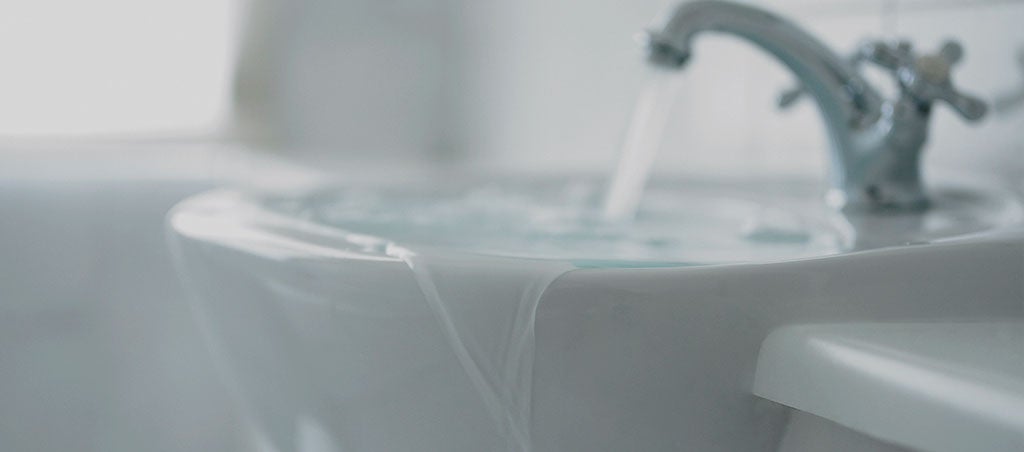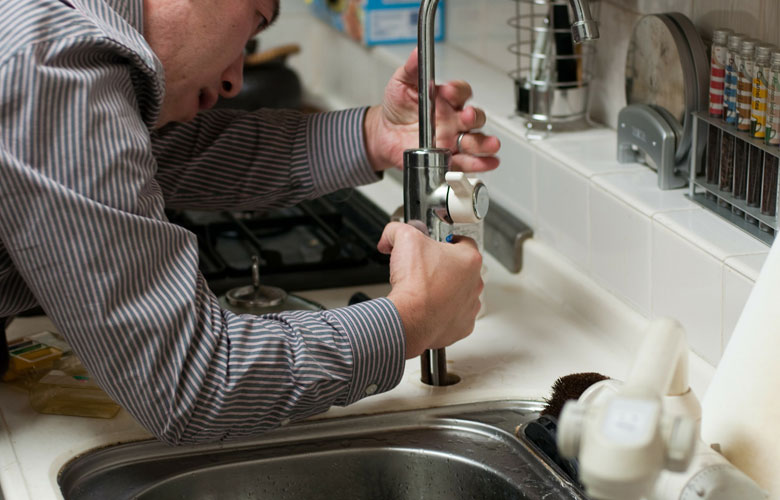Ways to Address a Blocked Drain Prior to Calling in Experts
Ways to Address a Blocked Drain Prior to Calling in Experts
Blog Article
Every person seems to have his or her own conception about Some easy tips to fix blocked drains.

Intro
Taking care of a blocked drain can be an irritating experience, disrupting daily activities and potentially creating damage to your home. Nonetheless, prior to reaching out to plumbing professionals, there are actions you can take to deal with the issue yourself. In this overview, we'll discover do it yourself solutions and preventive measures to tackle an obstructed drainpipe successfully.
Recognizing the Concern
The primary step in resolving a blocked drainpipe is identifying the indications. Slow water drainage, gurgling sounds, foul odors originating from drains pipes, or water backing up prevail indications of a blocked drain. Recognizing these indications early can help avoid additionally problems.
Picking the Right Pipes Service
When choosing a plumbing solution, consider variables such as experience, licensing, and consumer testimonials. Choose a reliable plumbing professional with a performance history of top quality workmanship and transparent rates practices.
Price Considerations
The cost of specialist drain cleaning company can vary relying on the intensity of the clog and the plumbing technician's rates. Request quotes from several companies and inquire about any type of additional charges to ensure openness and avoid shocks.
Safety and security Measures
When attempting DIY drainpipe cleaning, focus on safety. Use protective gloves and eyeglasses to stay clear of contact with dangerous chemicals or microorganisms. Never ever blend different drainpipe cleaning products, as this can create harmful fumes.
Instance Studies
Real-life instances illustrate the efficiency of do it yourself services and the significance of timely specialist intervention in dealing with drain clogs.
Typical Reasons For Obstructed Drains
Recognizing the variables that contribute to drain clogs is necessary for effective resolution. Common wrongdoers include hair, soap residue, grease, food debris, and international objects like sanitary items or paper towels. Tree roots attacking underground pipes can additionally trigger substantial obstructions.
DIY Solutions
For small blockages, several DIY solutions can be effective. Pouring boiling water down the drainpipe can assist dissolve oil and particles. Baking soda and vinegar or a mixture of salt and baking soda can work as natural cleansers. Utilizing a plunger or plumbing snake to remove obstructions is an additional option.
Devices and Tools
Having the right tools available can make do it yourself drain cleansing extra reliable. A bettor is a functional device for clearing clogs in sinks, commodes, and showers. A plumbing snake or auger can reach much deeper blockages, while drainpipe cleaning chemicals can be utilized very carefully for stubborn obstructions.
Preventive Measures
To avoid future clogs, embracing safety nets is crucial. Install drainpipe guards or strainers to capture hair and debris before they enter the pipelines. Regularly flush drains pipes with hot water to liquify oil buildup, and stay clear of disposing of grease or strong waste down the tubes.
When to Call an Expert
While DIY solutions can settle minor clogs, certain indicators show the demand for specialist assistance. Persistent clogs, foul odors despite cleansing efforts, or numerous drains pipes supporting all at once are red flags that call for expert treatment.
Final thought
By adhering to the pointers outlined in this overview, you can effectively deal with obstructed drains and protect against future pipes problems. Whether going with do it yourself options or seeking expert aid, punctual action is key to maintaining a healthy plumbing system and maintaining the stability of your home.
WHAT I LEARNED FROM TRYING TO DEAL WITH A CLOGGED DRAIN
We have had our share of seepages and other annoying things that are part of living, especially in an apartment complex. And if there’s one thing that’s terrifying for a homeowner—or even someone in a rented home—it is a clogged drain, indoors or outdoors.
We enjoy our living space, but it’s simply a fact of life that dead skin, soap and a host of other items go down the drain; eventually, the residue builds up and prevents anything from moving. Ugh.
Not Calling A Professional
Of course, it might seem simple to just whip the pipe off under the sink and see if you can unblock it. Unfortunately, what if the blockage isn’t there, or you don’t reconnect it properly? Worse, you might break a piece and have no drainage system. Can you imagine that scene? Yuck!
Not Watching Your Waste
This will sound d’uh, but the best tip I can give you for drain cleaning is to avoid clogging the drain in the first place! You can do this by monitoring what goes down the drain and catching the items which are most likely to give you a problem. Invariably hair, vegetable peels, and large wads of toilet paper are the most obvious culprits. Add a filter—these are available in hardware stores and can be removed and cleaned easily.
Poking The Drain
The first urge with a clogged drain is to poke at it with a stick or anything that resembles a stick. Sadly, this does not result in magically solving the issue. The mental image is, naturally, one of the stick just pushing through the offending item and all is well again. Reality is quite different and unpleasant and likely to lead to further problems.
The thing is, every drain has a series of bends that are not visible to us. Drains are built this way to prevent gases from entering the house. What happens when you poke a stick into the drain? Of course, it can’t bend around the corner. The more adventurous people will use force and end up wedging the stick or causing it to break off in the pipe—creating an even bigger issue. Worst thing? The stick will shift the block further down the pipe, creating the space for more to collect. Go ahead! Roll your eyes!
Using The Wrong Plunger
You know what they say: the right tool for the right job! Did you know there are different types of plungers besides the basic one we keep at home for an emergency? Yes, there are. For example, the toilet plunger has a bell-shaped bottom while the sink plunger is flat. This is an important difference and using the wrong plunger will be useless. There’s also a knack in using plungers—they must be placed in such a way that they create an airtight seal and then, moved slowly up and down—not as fast as we imagine.
https://vidyasury.com/2018/01/learned-trying-deal-clogged-drain.html

I discovered that piece on Tips for Dealing with Clogged Drains and Sewer Lines while doing a search on the search engines. In case you enjoyed our page kindly consider to pass it around. We truly appreciate your readership.
Call Today Report this page